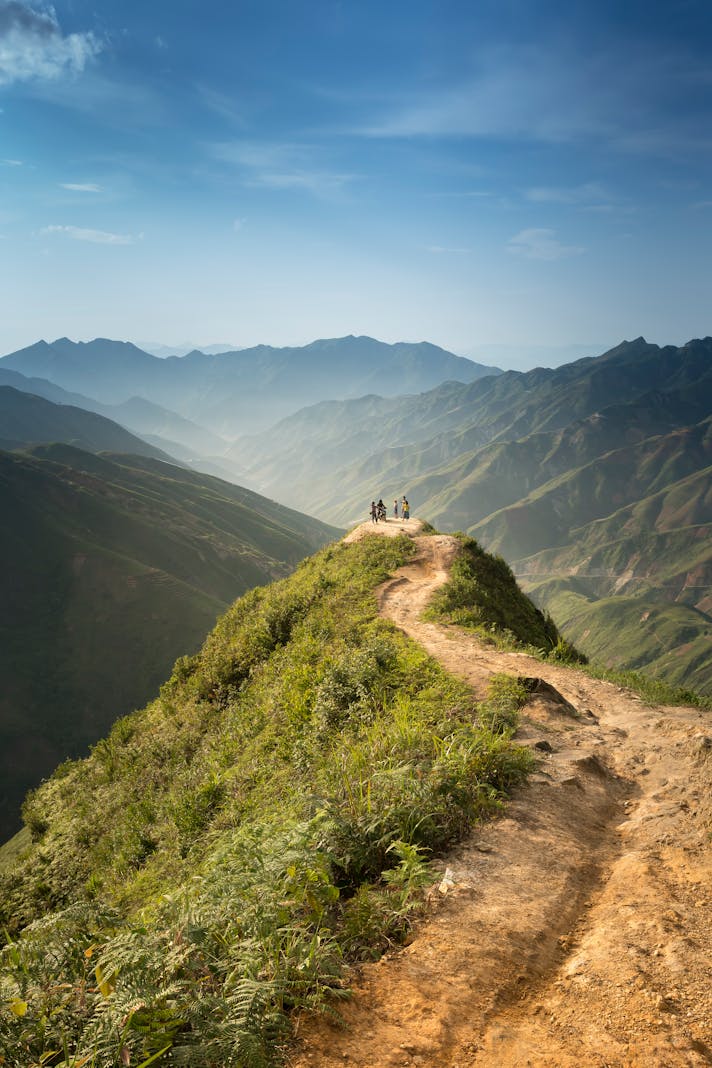Death Valley National Park

Death Valley National Park is located close to the borders of Arizona and Nevada, but in terms of its flora, fauna, historical importance, and beauty, it is pure California in its ability to wow the visitor. The largest of the United States National Parks in terms of sheer space, Death Valley is nonetheless relatively uncrowded and filled with interesting areas to explore. A visit here can fill an entire week!
The area is historically important because of the borax deposits which were mined from 1883 to 1889. Borax is a mineral used in detergents, cosmetics, and fiberglass, as well as other industrial creations. Found in the California and Nevada deserts, borax became famous because of the “Twenty Mule Borax Teams” which were used to move the crystals from the Harmony Borax Works in Death Valley to the railroad depot in Mojave, an arduous ten day journey. Visual advertising by this company became part of the national archetype of the American West. “Death Valley Days,” a radio show which began in the 1930’s and moved to television in 1952, further cemented this connection. A visit to the park will no doubt bring to mind images from one of these historical origins.
There is much to see at Death Valley. Most first-time visitors begin at the Visitor Center in the Furnace Creek area, where there are exhibits, a bookstore, a film, and evening programs. Beyond the center, there are scenic drives and viewpoints at Zabriskie Point, the original Harmony Borax Works (with preserved ruins, a wagon, and an interpretive trail), and scenic drives through places with names like Twenty Mule Team Canyon, Artist’s Drive, and the Devil’s Golf Course. Hiking can be found at Golden Canyon.
Beyond Furnace Creek, the Stovepipe Wells area beckons with the Mesquite Flat Sand Dunes, nearly one hundred feet of shifting sand. This is a fun area for play, and the photo opportunities are incredible. Close by, Mosaic Canyon offers single-file hiking and rock scrambling through tall marble walls. The Salt Creek area is home to a rare pupfish, best viewed during the spring via a short boardwalk. Titus Canyon contains a ghost town in addition to more geological beauty.
Death Valley has an extensive bird list, and those interested in adding to their life lists will find plenty to view. The spring offers both nesting sites and migratory visits from a number of species; in the fall, migration again brings many different birds to the park. Hiking and backpacking are also popular activities for those wanting to see the terrain on foot.
The National Park Service offers guided tours during the winter, including paleontological excursions for those interested in the pre-historic history of the area. It also sponsors star parties for those who wish to take advantage of the remote and dark setting and view the universe with a knowledgeable guide. Those interested should check the ranger program schedules.
There are nine campgrounds within the park, as well as four lodges at varying price points. The Furnace Creek Inn is only open during the winter; Stovepipe Wells Village, Furnace Creek Ranch, and the Panamint Springs Resort are open all year. There are restaurants at each of the lodges.
Because of the isolation and wildness of the area, it is important to observe safety precautions. The area is extremely dry and usually hot; visitors must carry water. Plan on doing a fair amount of driving, and steer clear of rodents carrying hantavirus. Not all of the residents are friendly towards visitors; the NPS cautions against trespassing on areas used in the cultivation of marijuana. Above all, remember that cell phones do not work this far from civilization, and do not depend on them for safety.
The area is historically important because of the borax deposits which were mined from 1883 to 1889. Borax is a mineral used in detergents, cosmetics, and fiberglass, as well as other industrial creations. Found in the California and Nevada deserts, borax became famous because of the “Twenty Mule Borax Teams” which were used to move the crystals from the Harmony Borax Works in Death Valley to the railroad depot in Mojave, an arduous ten day journey. Visual advertising by this company became part of the national archetype of the American West. “Death Valley Days,” a radio show which began in the 1930’s and moved to television in 1952, further cemented this connection. A visit to the park will no doubt bring to mind images from one of these historical origins.
There is much to see at Death Valley. Most first-time visitors begin at the Visitor Center in the Furnace Creek area, where there are exhibits, a bookstore, a film, and evening programs. Beyond the center, there are scenic drives and viewpoints at Zabriskie Point, the original Harmony Borax Works (with preserved ruins, a wagon, and an interpretive trail), and scenic drives through places with names like Twenty Mule Team Canyon, Artist’s Drive, and the Devil’s Golf Course. Hiking can be found at Golden Canyon.
Beyond Furnace Creek, the Stovepipe Wells area beckons with the Mesquite Flat Sand Dunes, nearly one hundred feet of shifting sand. This is a fun area for play, and the photo opportunities are incredible. Close by, Mosaic Canyon offers single-file hiking and rock scrambling through tall marble walls. The Salt Creek area is home to a rare pupfish, best viewed during the spring via a short boardwalk. Titus Canyon contains a ghost town in addition to more geological beauty.
Death Valley has an extensive bird list, and those interested in adding to their life lists will find plenty to view. The spring offers both nesting sites and migratory visits from a number of species; in the fall, migration again brings many different birds to the park. Hiking and backpacking are also popular activities for those wanting to see the terrain on foot.
The National Park Service offers guided tours during the winter, including paleontological excursions for those interested in the pre-historic history of the area. It also sponsors star parties for those who wish to take advantage of the remote and dark setting and view the universe with a knowledgeable guide. Those interested should check the ranger program schedules.
There are nine campgrounds within the park, as well as four lodges at varying price points. The Furnace Creek Inn is only open during the winter; Stovepipe Wells Village, Furnace Creek Ranch, and the Panamint Springs Resort are open all year. There are restaurants at each of the lodges.
Because of the isolation and wildness of the area, it is important to observe safety precautions. The area is extremely dry and usually hot; visitors must carry water. Plan on doing a fair amount of driving, and steer clear of rodents carrying hantavirus. Not all of the residents are friendly towards visitors; the NPS cautions against trespassing on areas used in the cultivation of marijuana. Above all, remember that cell phones do not work this far from civilization, and do not depend on them for safety.

Related Articles
Editor's Picks Articles
Top Ten Articles
Previous Features
Site Map
Content copyright © 2023 by Korie Beth Brown, Ph.D. . All rights reserved.
This content was written by Korie Beth Brown, Ph.D. . If you wish to use this content in any manner, you need written permission. Contact Korie Beth Brown, Ph.D. for details.







